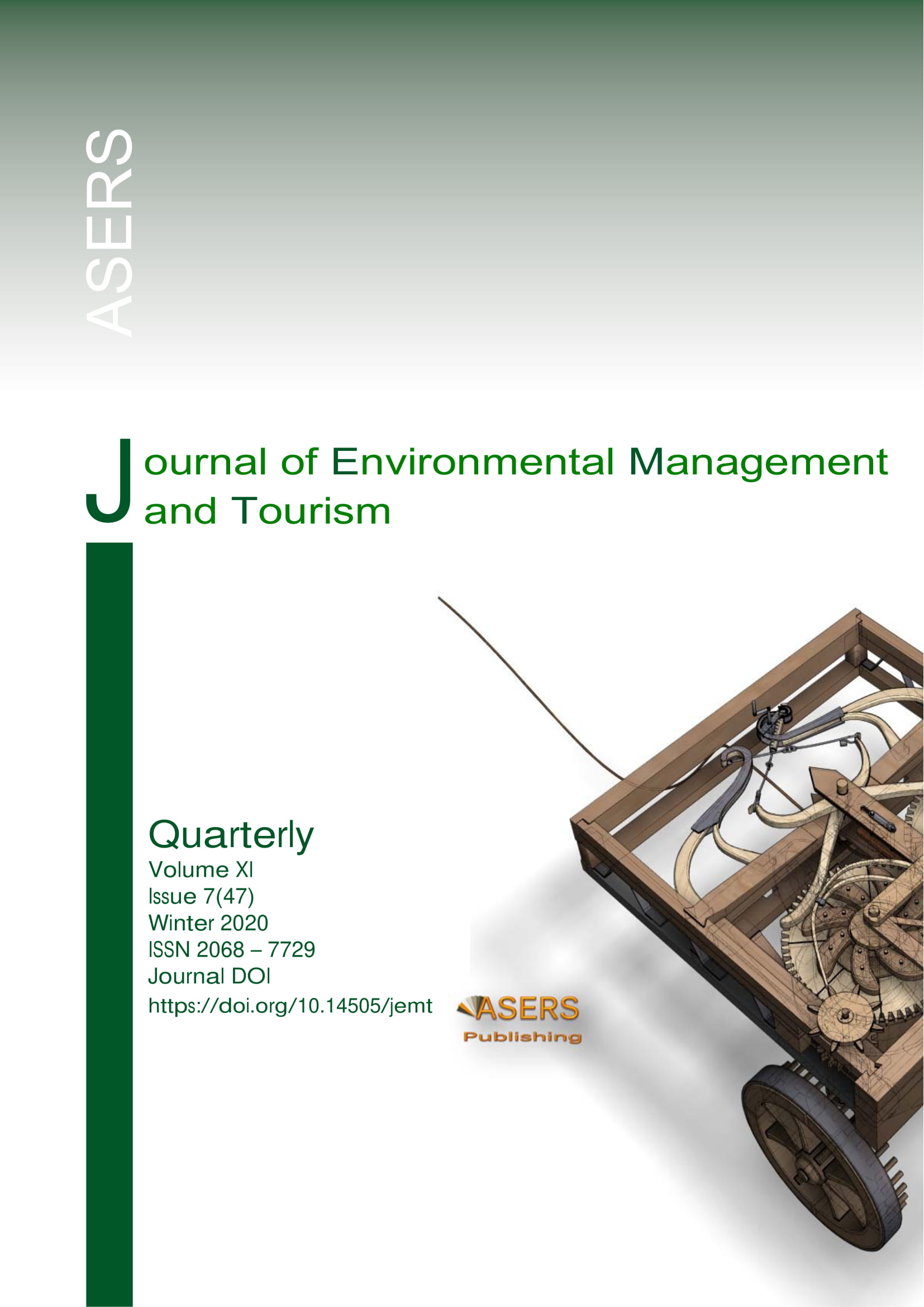A Model of the Causal Relationships between the Factors Influencing the Performance of Green Organizations Managing Energy-Saving Buildings in Bangkok and Vicinity
A Model of the Causal Relationships between the Factors Influencing the Performance of Green Organizations Managing Energy-Saving Buildings in Bangkok and Vicinity
Author(s): Witaya Patarametagul, Ananya Popradit, Nisa Pakvilai, Ampon ShoosanukSubject(s): Economy, Business Economy / Management
Published by: ASERS Publishing
Keywords: causal relationships; green organizations; environmental management; environmental leadership; environmental innovations; organizational cultures;
Summary/Abstract: The objectives of the present study were (1) to develop a model of the causal relationships between the factors influencing the performance of green organizations (GPM) managing energy-saving buildings in Bangkok and vicinity and (2) to evaluate the consistency between the model constructs and empirical data. Both quantitative and qualitative methods were employed. For the quantitative approach, a survey questionnaire was used to collect data from a sample of 456 representatives of green organizations managing energy-saving buildings in Bangkok and vicinity. As regards the qualitative approach, in-depth interviews were conducted to validate the conceptual framework developed for this research. Then the data were analyzed using descriptive statistics, including percentage, mean, and standard deviation, and inferential statistics, including a structural equation analysis and a Chi-square test. The findings were as follows. First, environmental leadership and environmental innovations had a positive effect on the organizational culture of the green organizations. Also, the environmental management, environmental leadership, environmental innovations, and organizational culture of the green organizations exerted a positive impact on their competitive advantage. In addition, the organizational culture and competitive advantage of the green organizations wielded a positive influence on their performance. Finally, the constructs of the structural equation model were consistent with the empirical data at a satisfactory level with the 𝜒2 value of 453.977, the df value of 452, the 𝜒2/df of 1.004, the p-value of 0.465, the goodness of fit index (GFI) value of 0.946, the adjusted GFI, or AGFI, value of 0.925, and the root mean square error of estimation (RMSEA) value of 0.003.
Journal: Journal of Environmental Management and Tourism (JEMT)
- Issue Year: XI/2020
- Issue No: 07 (47)
- Page Range: 1656-1663
- Page Count: 8
- Language: English
- Content File-PDF

